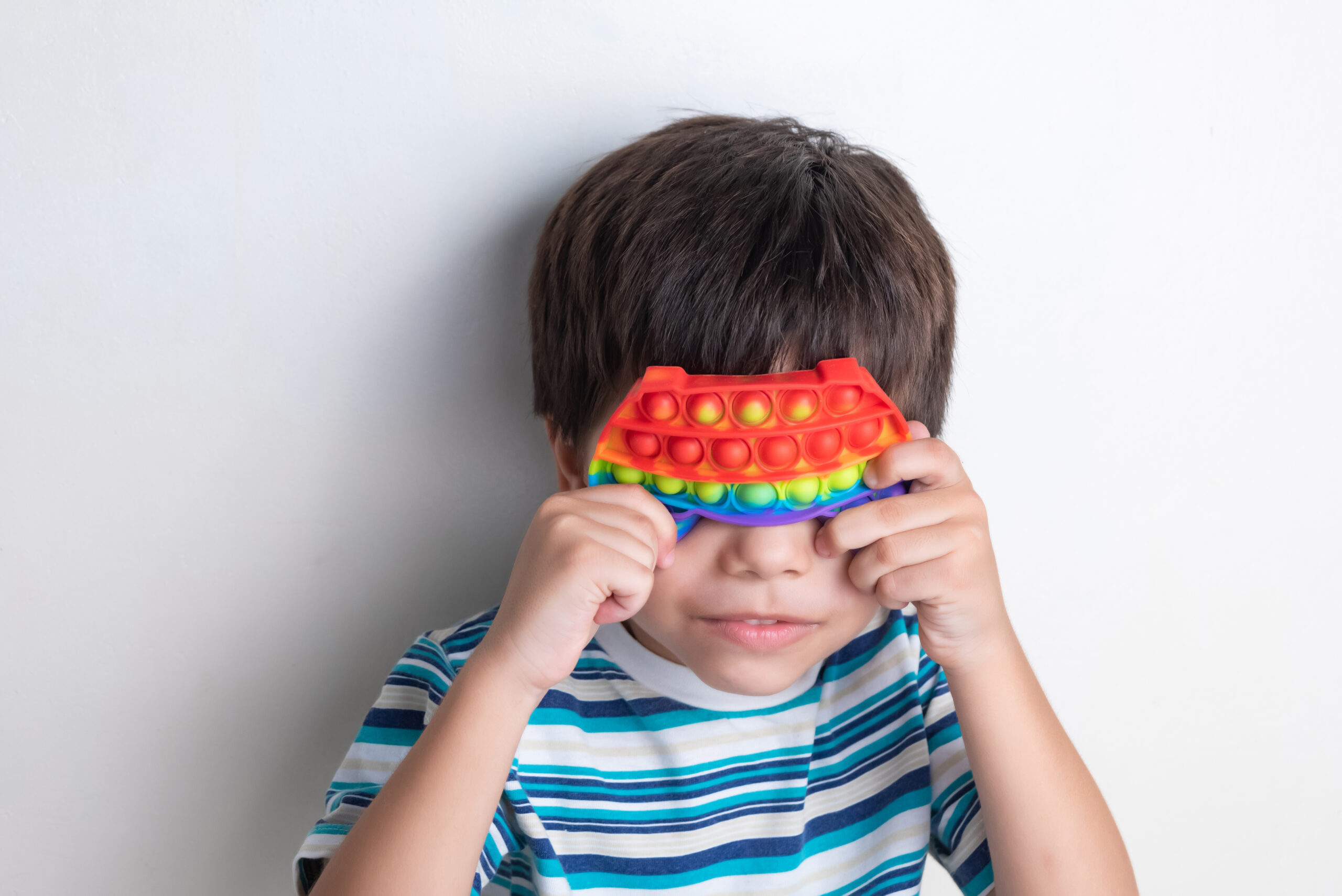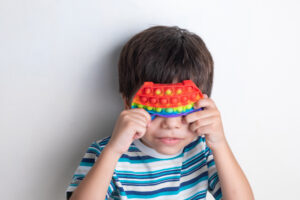
by Open AI ChatGPT
October 24, 2023
Sensory Processing Disorders (SPD) are a complex and often misunderstood set of conditions that affect how individuals perceive and respond to sensory stimuli from their environment. These disorders can have a profound impact on a person's daily life, from their ability to interact with others to their emotional well-being. While much progress has been made in understanding SPD in recent years, there is still much to learn about its causes, symptoms, and treatment options.

What Are Sensory Processing Disorders?
Sensory Processing Disorders, often abbreviated as SPD, refer to a range of conditions that affect the way an individual's nervous system processes and responds to sensory information from the environment. While sensory processing is a natural and continuous process that occurs in everyone, individuals with SPD experience difficulties in this domain. Sensory information includes what we see, hear, touch, taste, and smell, as well as our internal sensations, such as balance and body awareness.
SPD can affect people of all ages, from infants to adults, and it can manifest in various ways. It's important to note that SPD is not recognized as a standalone diagnosis in the Diagnostic and Statistical Manual of Mental Disorders (DSM-5) but is often associated with other developmental, neurological, or psychological conditions.
The exact causes of SPD remain a topic of ongoing research and debate. However, several factors are believed to contribute to the development of sensory processing disorders: genetic factors, premature birth or low birth weight, brain development, environmental factors, and neurological conditions.
SPD is not a one-size-fits-all condition. It encompasses a wide range of sensory processing issues, and individuals may experience a combination of these issues. The commonly recognized types of SPD are as follows:
- Sensory Over-Responsivity (Sensory Defensiveness): Individuals with sensory over-responsivity are hypersensitive to sensory stimuli. They may become overwhelmed by everyday sensory experiences, such as bright lights, loud sounds, or certain textures, which can lead to strong emotional reactions.
- Sensory Under-Responsivity: In contrast, individuals with sensory under-responsivity have a reduced response to sensory stimuli. They may not notice certain sensations or may require intense sensory input to register and respond to stimuli. This can result in difficulties with alertness and engagement.
- Sensory Seeking: People with sensory seeking tendencies actively seek out sensory stimulation. They may engage in repetitive behaviors or activities to satisfy their sensory needs, such as rocking, spinning, or constantly touching objects.
- Sensory-Based Motor Disorder: This type of SPD is characterized by difficulties in coordinating and executing motor tasks that require precise sensory input. Individuals with this disorder may struggle with tasks like handwriting or activities that involve fine motor skills.
- Sensory Discrimination Disorder: Sensory discrimination disorder affects a person's ability to accurately perceive and distinguish between different sensory stimuli. They may struggle to differentiate between similar textures, tastes, or sounds.
Symptoms of Sensory Processing Disorders
SPD can manifest with a wide array of symptoms that vary from person to person. These symptoms can affect various aspects of an individual's life, including their behavior, emotions, and ability to engage in daily activities. Some common symptoms include:
- Emotional and Behavioral Symptoms: Meltdowns or tantrums in response to sensory overload; Anxiety or withdrawal in sensory-rich environments;Avoidance of specific textures, tastes, or sensory experiences;Difficulty with transitions or changes in routine
- Motor Symptoms:Poor coordination and balance; Clumsiness or difficulty with fine and gross motor skills;Tendency to be overly cautious in physical activities
- Social and Communication Symptoms: Difficulty with social interactions and making friends; Challenges with personal space and boundaries; Limited eye contact or difficulty understanding non-verbal cues
- Attention and Concentration Symptoms:Difficulty maintaining focus due to sensory distractions; Impulsivity or hyperactivity, especially in sensory-rich environments
- Self-Care Symptoms: Aversion to grooming and self-care routines;Resistance to wearing certain clothing or shoes; Limited food preferences due to sensory sensitivities
It's important to note that not all individuals with SPD will exhibit the same symptoms, and some may display a combination of these symptoms. Additionally, SPD symptoms can change over time and may be influenced by various factors, including environmental conditions and stress levels.
Diagnosing SPD can be challenging, as it often co-occurs with other developmental or psychological conditions. An accurate diagnosis typically involves a multidisciplinary approach, with input from healthcare professionals, such as occupational therapists, pediatricians, and psychologists.
While there is no cure for SPD, individuals and their families can take steps to manage and address the challenges associated with these disorders. Treatment and management strategies are typically individualized and may include occupational therapy, sensory integration therapy, behavioral interventions, sensory diets, and environmental modifications.
Living with SPD can be challenging, but with the right support and strategies, individuals can lead fulfilling lives. Here are some tips for individuals and families coping with sensory processing disorders:
- Education and Advocacy: Learning about SPD and advocating for understanding and accommodations in school or workplace settings can make a significant difference.
- Sensory-Friendly Environments: Create spaces at home that cater to the individual's sensory preferences, and communicate with schools or workplaces about necessary accommodations.
- Emotional Support: Seek out support groups and connect with others who have experience with SPD. Sharing experiences and coping strategies can be invaluable.
- Self-Care: Encourage self-care practices that help reduce sensory overload and stress. These may include mindfulness exercises, relaxation techniques, or physical activity.
- Patience and Acceptance: It's important for individuals with SPD and their families to be patient with themselves and each other. Accepting one's sensory differences is a crucial step in the journey.
You can learn more about SPD at STAR Institute.

